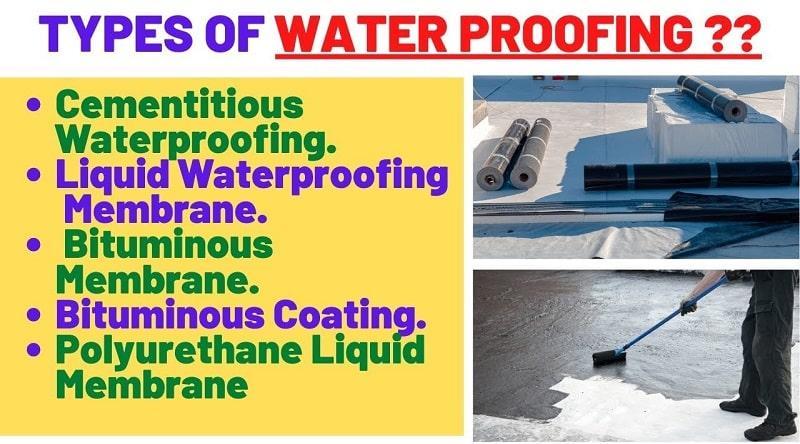It is important to consider any Roof Waterproofing of your buildings. because it builds an impenetrable barrier over foundations, roofs, and walls against water. Here are some of the common waterproofing materials used in building constructions.
Cementitious Waterproofing
This method is the easiest because the materials are easily available from masonry product suppliers. Moreover, they are easy to mix and apply in internal wet areas like toilets. However, this method doesn’t go through the contract and expansion process because it is not exposed to weathering and sunlight.
Cementitious method of waterproofing can be used for a waterproof deck coating such as those in bridges, dams, sewage and water treatment plants, and tunnels.
Liquid Waterproofing Membrane
This type of coating uses a primer coat a couple of top coats applied via roller, spray, or trowel. Compared with cementitious waterproofing, this offers more flexibility. This is because it turns into a rubbery coating on your wall when the liquid cures.
As a matter of fact, the elongation properties of such method will reach as high as 280 percent. However, it will depend on the type of polymer that the manufacturer uses to apply liquid waterproofing.
Bituminous Coating Waterproofing
Another way to waterproof a building construction is via bituminous coating. Its polymer grade and reinforced fiber properties provide flexibility and protection against water. This method is also referred to as asphalt coating, which is excellent in concrete foundations.
However, the bitumen-based materials in this type of coating option may not be suitable when exposed to sunlight. This is due to the fact that it becomes fragile and brittle in the long run. You may modify it using more flexible materials like acrylic or polyurethane-based polymers.
Bituminous Membrane Waterproofing
If you opt for a waterproof deck coating, you can pick this method because it has been used for low-sloped roofs because of its proven performance. It is self-adhesive due to the composition of asphalt, filler, and polymers. Moreover, it also has certain oils and resins added to improve adhesion.
It also has covered and exposed types of torch on the membrane. The exposed type is able to withstand wear and tear of the weathering process due to the mineral granular aggregate.
Polyurethane Liquid Membrane Waterproofing
Another form of waterproofing is the polyurethane liquid membrane, which is somewhat an expensive option. Basically, it is used in flat roof areas and those exposed to weathering. Nevertheless, this type of waterproofing is highly flexible but polyurethane is quite sensitive to moisture content.
So when you apply this method, see to it that you evaluate the concrete slab for moisture content. If not, you will notice that a de-bonding or peeling of the membranes will occur over time.

